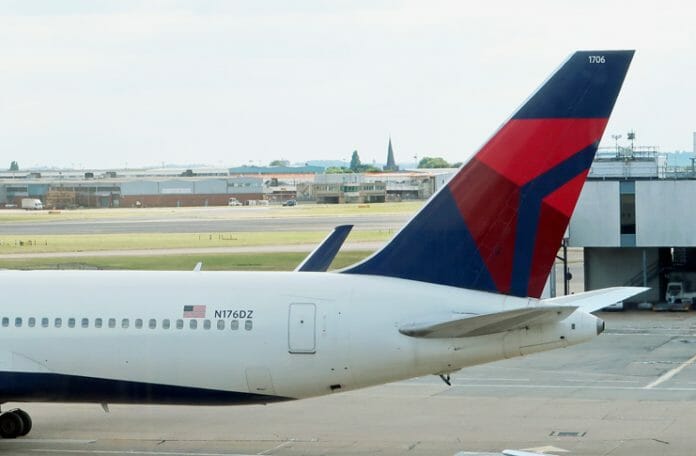TravelingForMiles.com may receive commission from card issuers. Some or all of the card offers that appear on TravelingForMiles.com are from advertisers and may impact how and where card products appear on the site. TravelingForMiles.com does not include all card companies or all available card offers.
Some links to products and travel providers on this website will earn Traveling For Miles a commission that helps contribute to the running of the site. Traveling For Miles has partnered with CardRatings for our coverage of credit card products. Traveling For Miles and CardRatings may receive a commission from card issuers. Opinions, reviews, analyses & recommendations are the author’s alone and have not been reviewed, endorsed or approved by any of these entities. For more details please see the disclosures found at the bottom of every page.
Yesterday, I wrote about United Airlines heading to the stock market to raise up to $1.1 billion to add to the $5 billion the US government just handed the airline, and now it’s Delta’s turn to tap up big investors for more cash as it announces a bond issue and a new Term Loan B facility which will total an impressive $3 billion.
Delta’s New Bonds & Term Loan B
Yesterday, after the US markets closed, Delta announced that it plans to offer institutional investors “senior secured notes due in 2025” totaling $1.5 billion.
At the same time, Delta announced that it was entering into a new Term Loan B (TLB) facility worth a further $1.5 billion and which will be due in 2023.
A senior note is a type of bond that takes precedence over other debts in the event that the corporation declares bankruptcy and is forced into liquidation, while a TLB (sometimes called an institutional term loan) is a credit facility that allows the borrower (Delta) to borrow a lump sum for a set period with an agreed schedule for repayment (usually low repayments each year with the bulk paid back at the end of the term).
The new bonds and the new credit facility are both being secured on a variety of slots that Delta owns, including domestic slots at (New York JFK and LaGuardia) and highly value slots at London Heathrow.
Quick Thoughts
There are a number of interesting things to highlight here:
- While United felt that its best option to raise much-needed cash was via a stock issue (at a record low), Delta is choosing to issue debt.
- TLB’s usually have a maturation date of at least 5 years from the date they’re issued but in this case, Delta appears to be aiming to repay the loan in full in less than 3 years.
- The $3 billion that Delta is attempting to raise here comes on top of a number of other recent cash-raising measures:
- A $2.6 billion 1-year loan from JP Morgan
- A $3.0 billion draw-down of existing credit facilities
- $5.4 billion in US government support
I’m not sure what to make of all of this.
I can see why Delta would prefer to issue debt than stock – its stock price is at a level not seen since 2013 and before this crisis the airline was doing fine so the debt should be serviceable – but I don’t understand why the loans are as short-term as they are.
If everything we’ve been told by the airlines is true (I appreciate that this takes a big leap of faith!) we’re not going to see the aviation sector recover for years and years…so what makes Delta think that it will be able to pay back $2.6 billion (to Chase) in one year’s time and a further $1.5 billion (the TLB) in 2023?
Sure, the airline may be able to raise more debt to pay off these debts but that doesn’t sound like a very economical way to borrow money – will no one lend long-term to Delta or is the outlook for the aviation sector not as bad as the airlines would like the public and the government to believe?
I genuinely don’t know the answer to this, but I’d be very interested to know – if anyone can shed some light on this please let me know in the comments section below.
Bottom Line
With Delta burning through between $50m and $100m per day (depending on who you believe), it’s pretty obvious why it’s doing its best to raise a lot of money right now. Even at the lowest end of that estimate the $14 billion that the airline has raised (and is still raising) will only keep it going for a maximum of 280 days (absent any other meaningful revenue) so something is going to have to seriously change by the end of this year if we’re not to see Delta reaching for the begging bowl and heading back to Washington again.
















Maybe it wasn’t Delta’s decision. Given the current state of the airline industry, the banks probably want to make sure they get their money back sooner rather than later. It is interesting to note assets they put up to back the loan. The landing slots will be of higher value than any aircraft as collateral.
Also, the cash burn rate should drop considerably after September when they can right size the airline (ie. lay-off employees to coincide with demand).